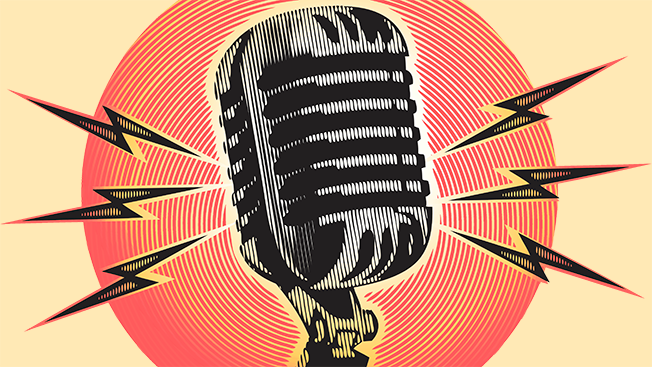As video platforms continue to dominate our collective attention it may be VITAL for you to consider making video content for whatever creative endeavor you are pursuing.
That being said, not all videos are created equal. If you want to ensure people don’t scroll past your content you have to understand the things YOUR video needs to have in order to grab people’s attention.
Every video should have a rough structure. The order can be played with but this is how you lay out a video:
Hook: Statement that explains or introduces the topic you are going to cover and gets the person's interest
Qualifier: Statement that explains why you have sufficient knowledge of the topic being discussed
Subject: the actual meat of the video. It should be concise, quick, and entertaining. Regardless of the subject matter you have to present it in a way that is enjoyable for the audience
Call to action: this can be done after the hook or at the end of the video. This is when you would ask the watcher to like the video, share it, or follow you for more content in this field.
If you take any content creation course a version of this will always be discussed. It may seem obvious but if you are just getting started having a framework to wrap your thoughts around is super helpful.
Personally, when I make these kinds of videos I script them out. My conversational style is not concise enough so I have to be intentional about the words I use. It also makes cutting them down easier because you can review it before shooting and make changes.
Another thing to consider when making videos using this method, you may get 2-3 days worth of content on the back end by replying to comments left on that video. Either by agreeing with the comment and adding additional info, or by trolling someone who left a negative comment.
Best of luck!





